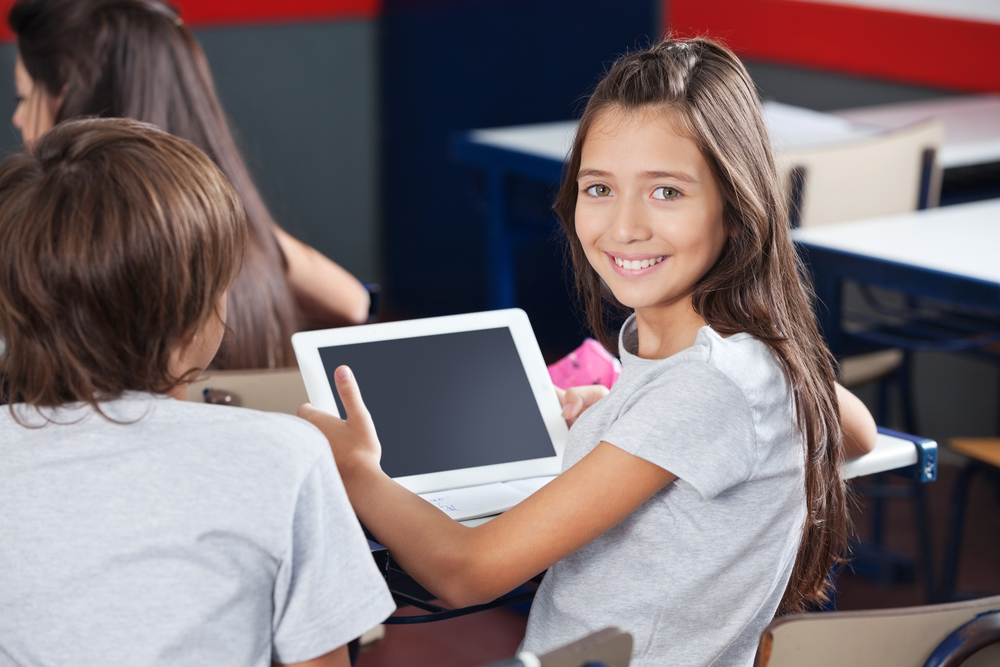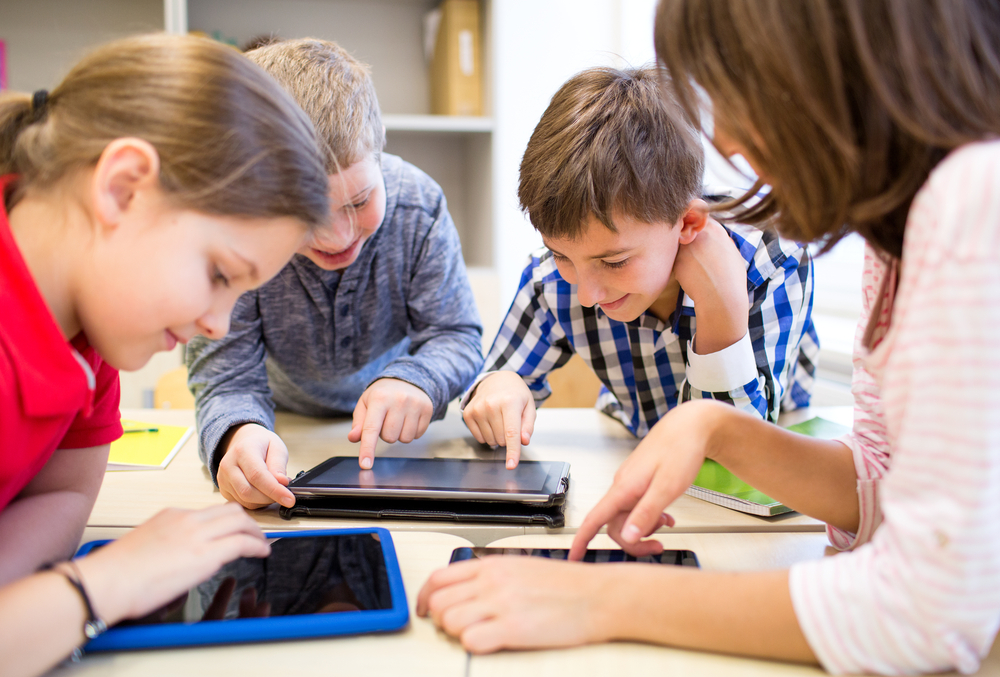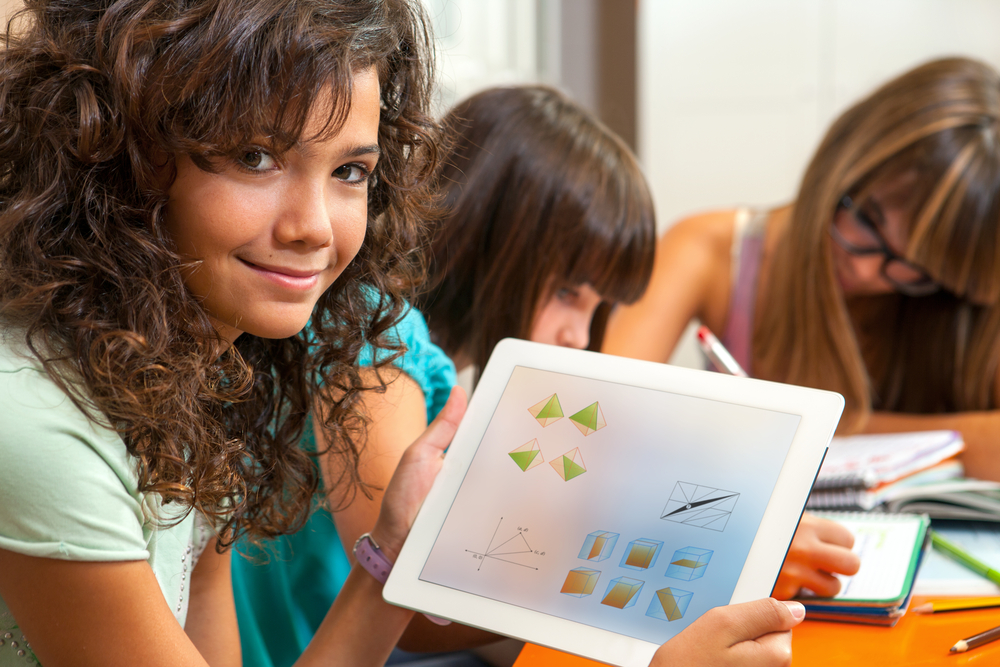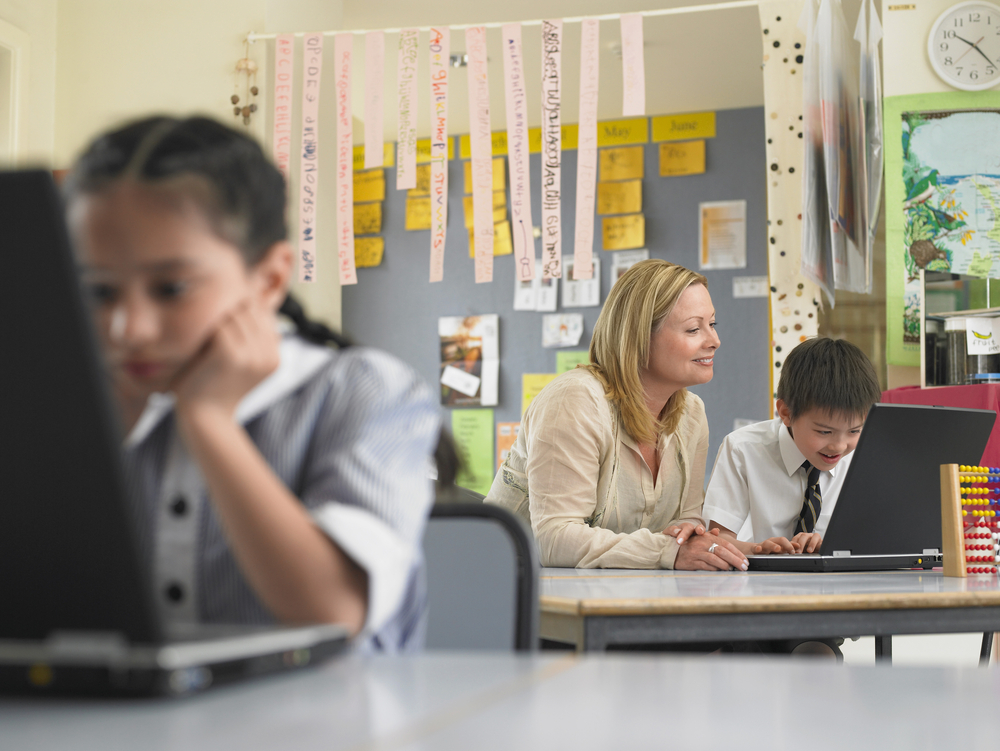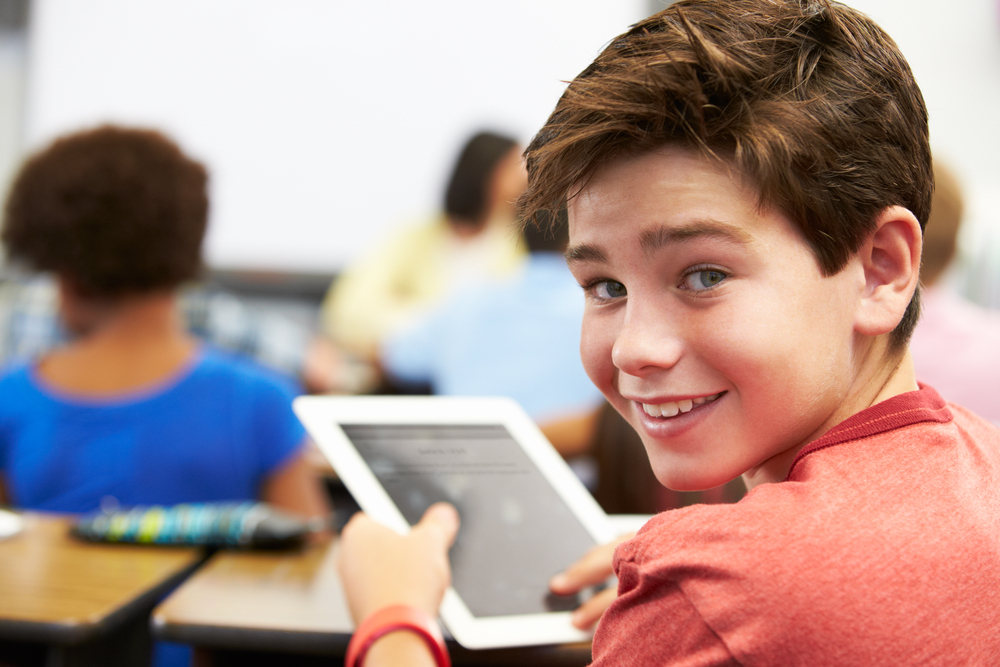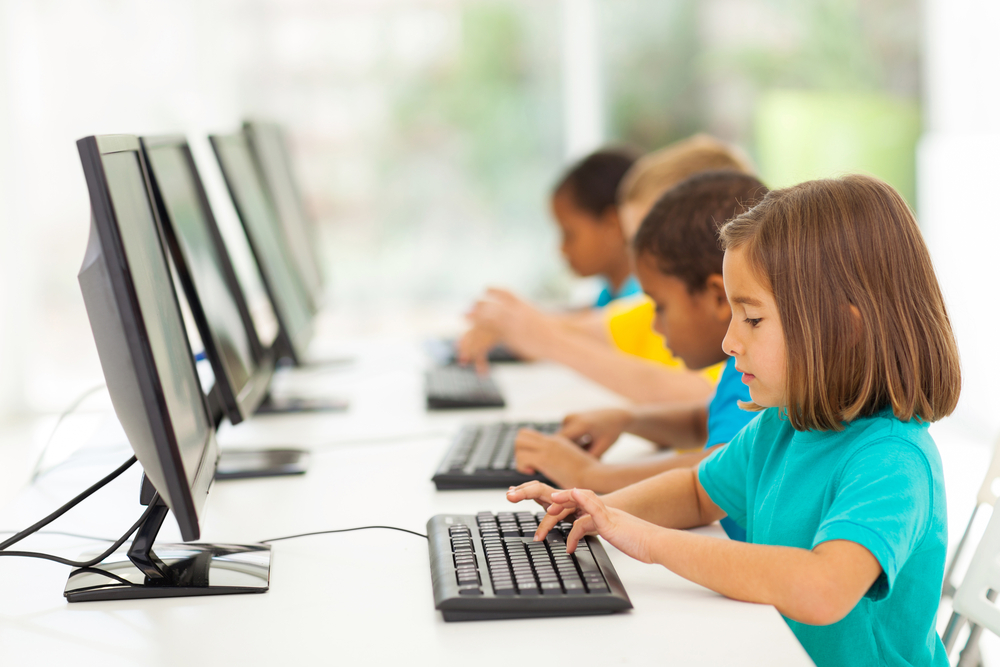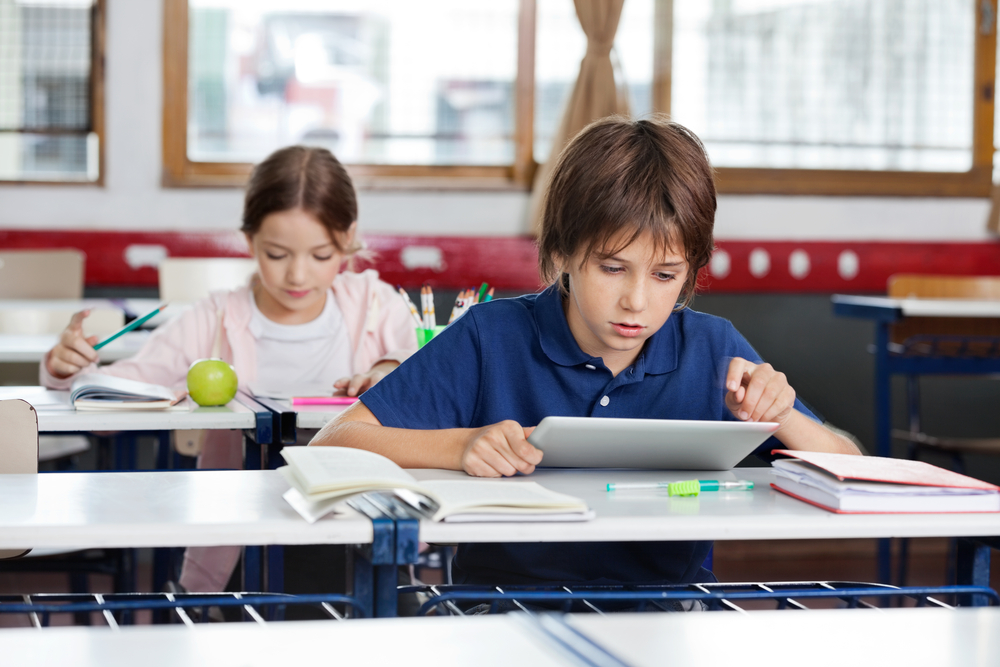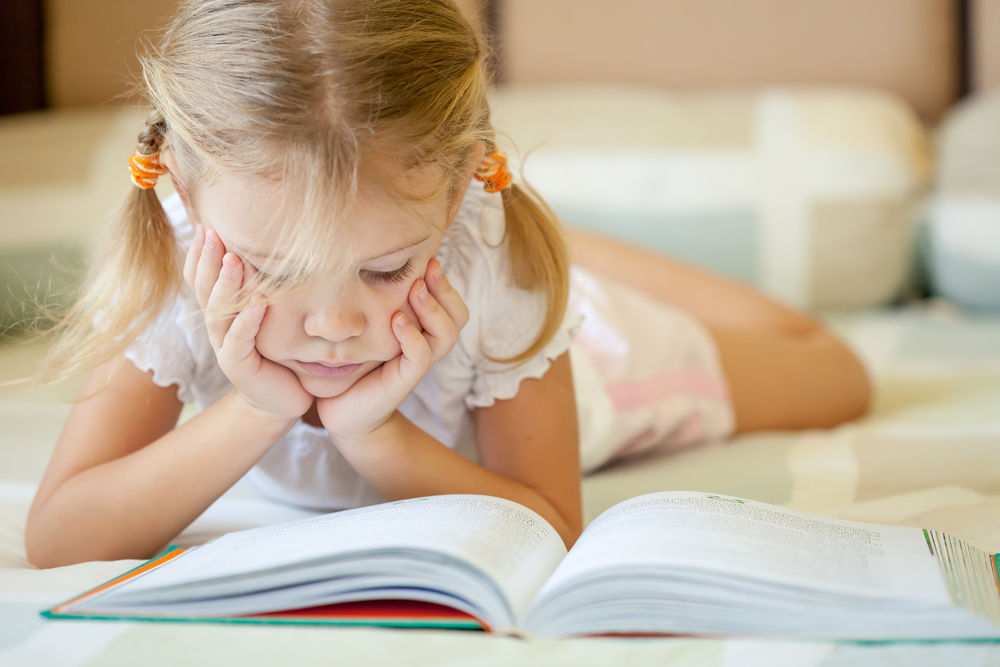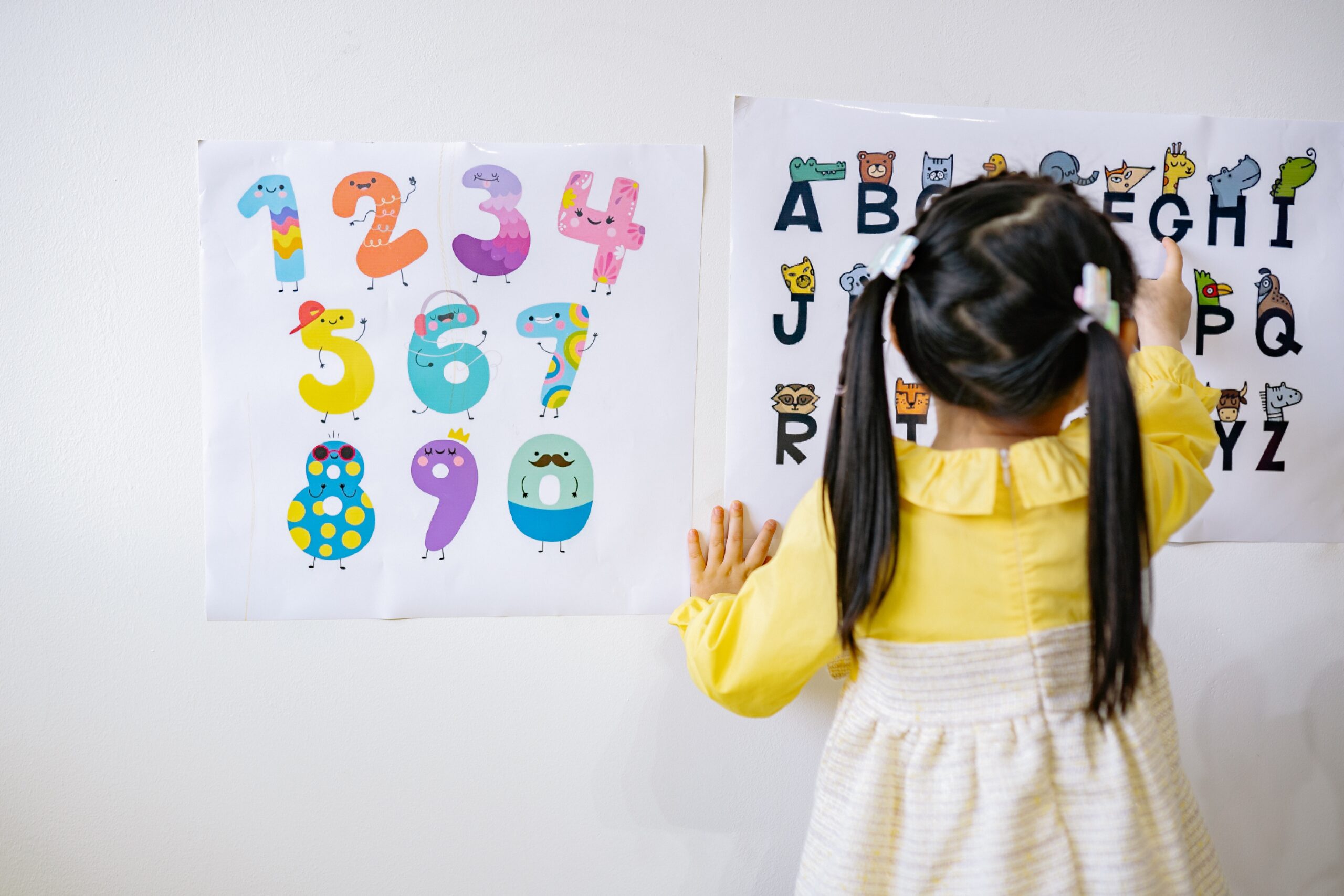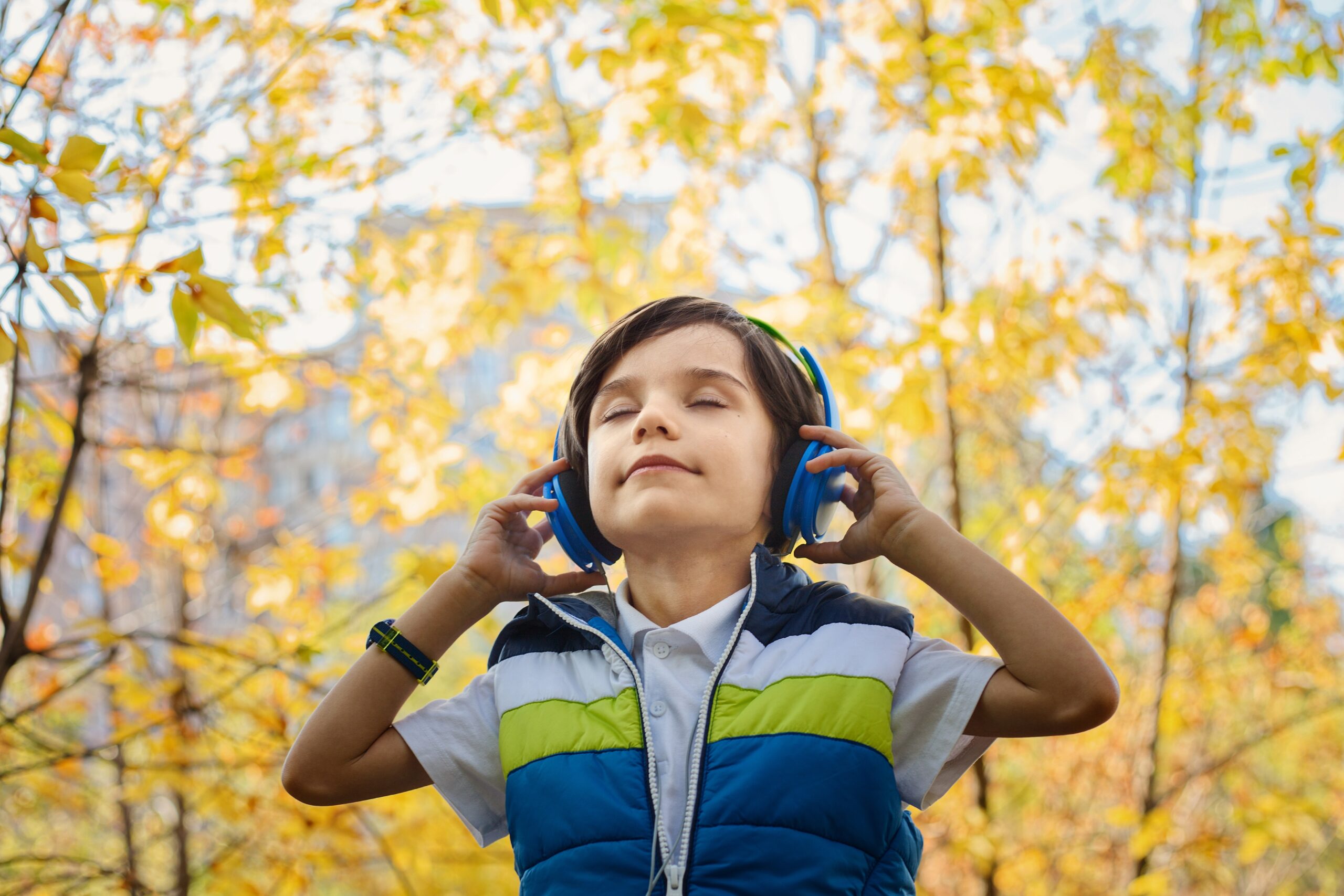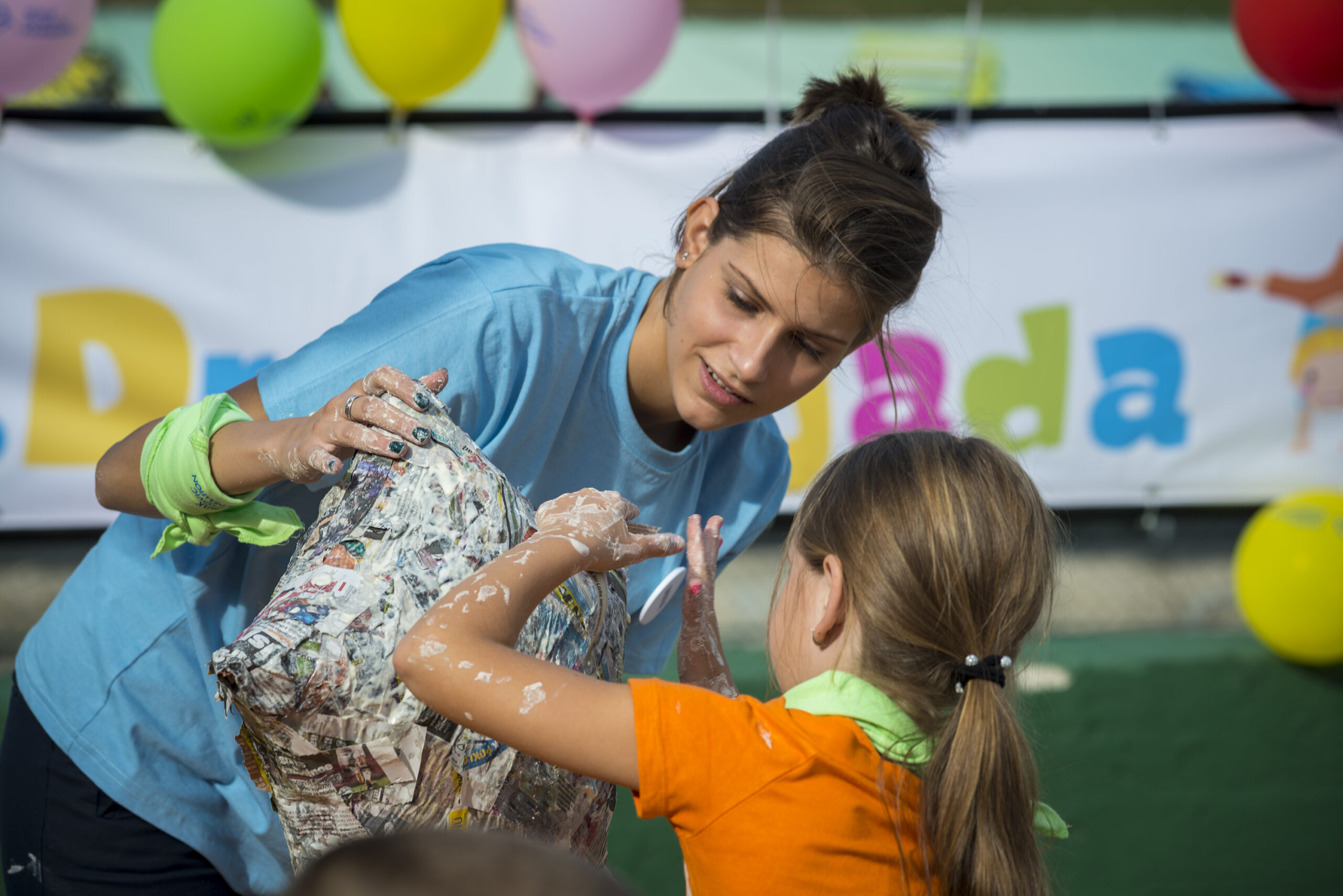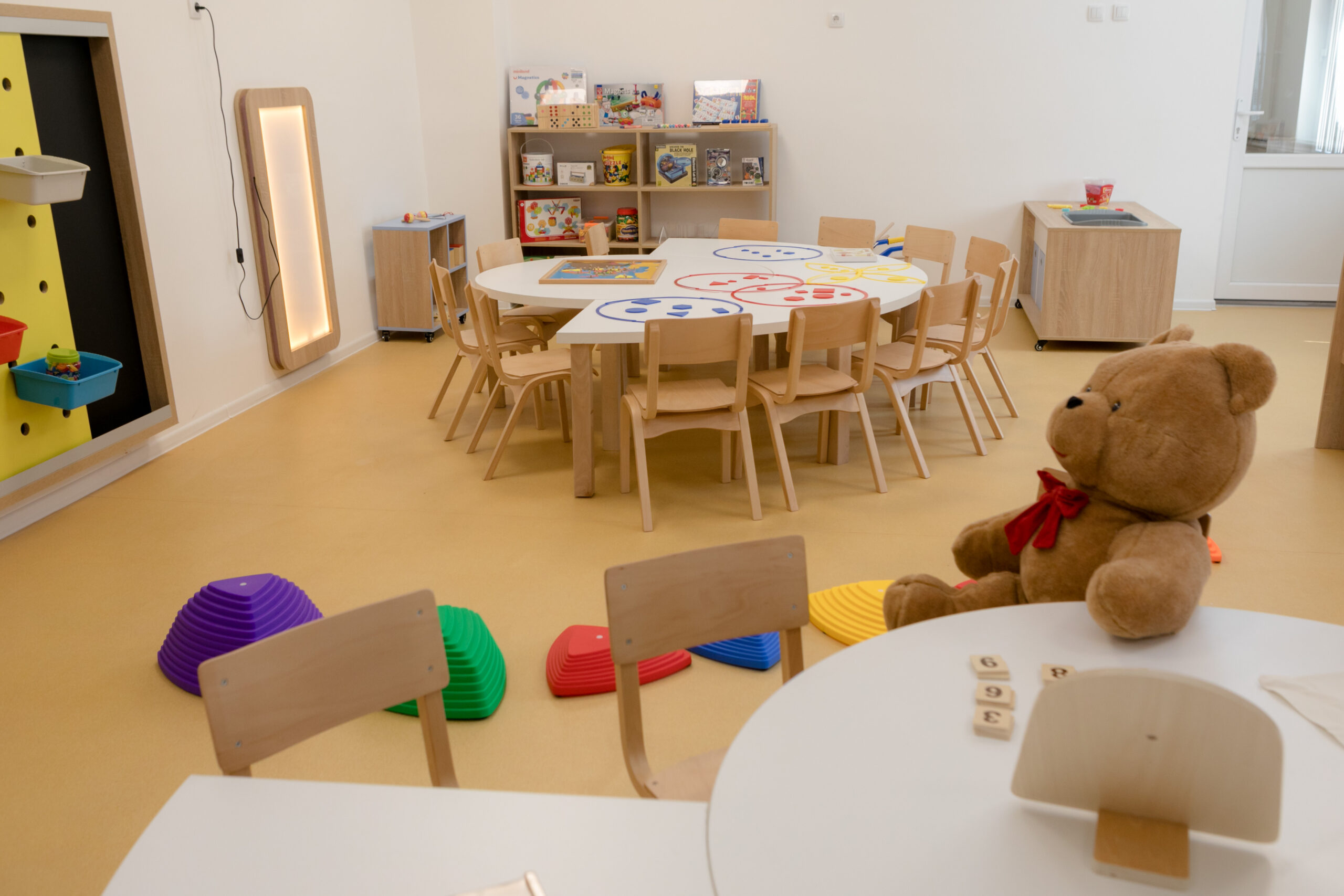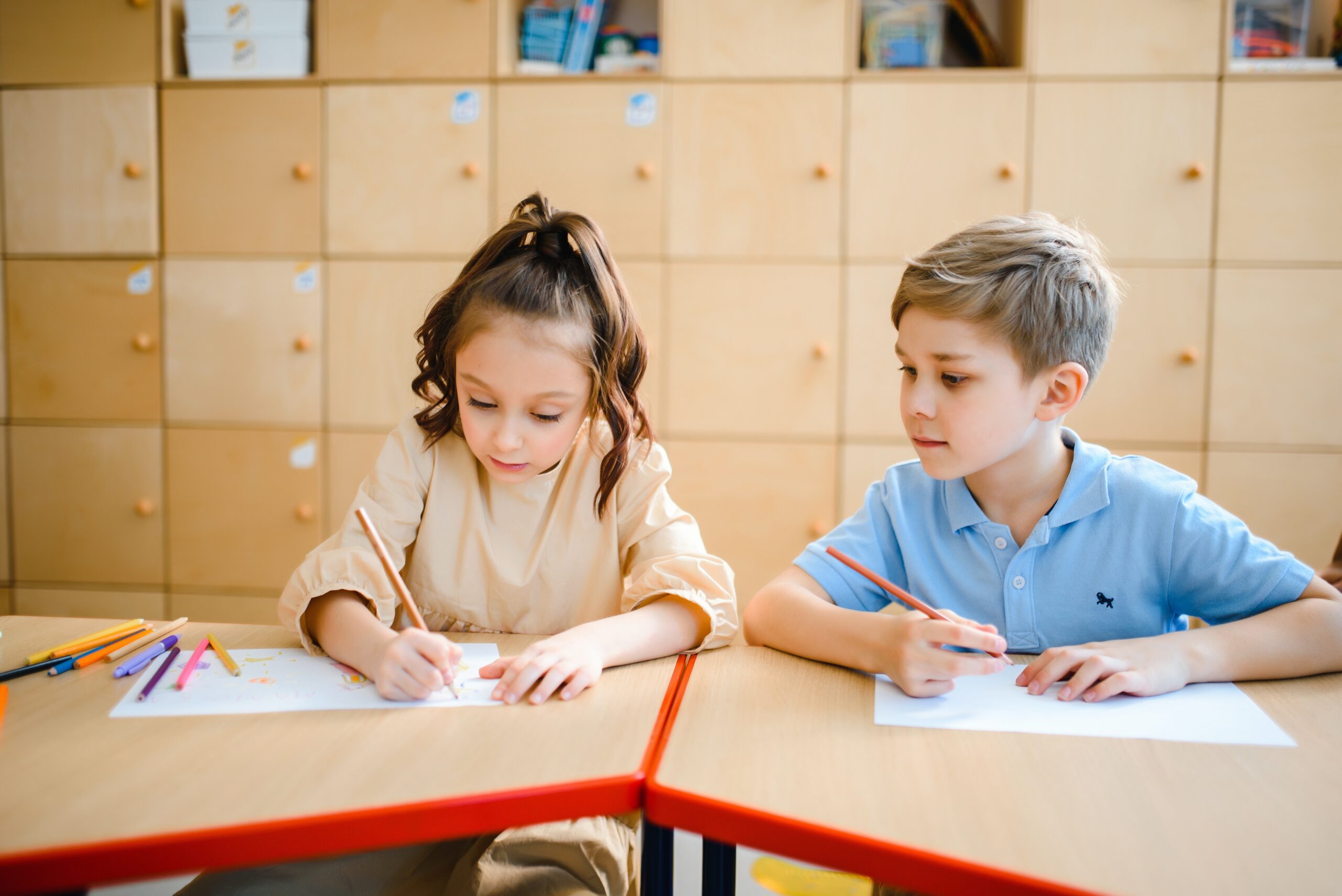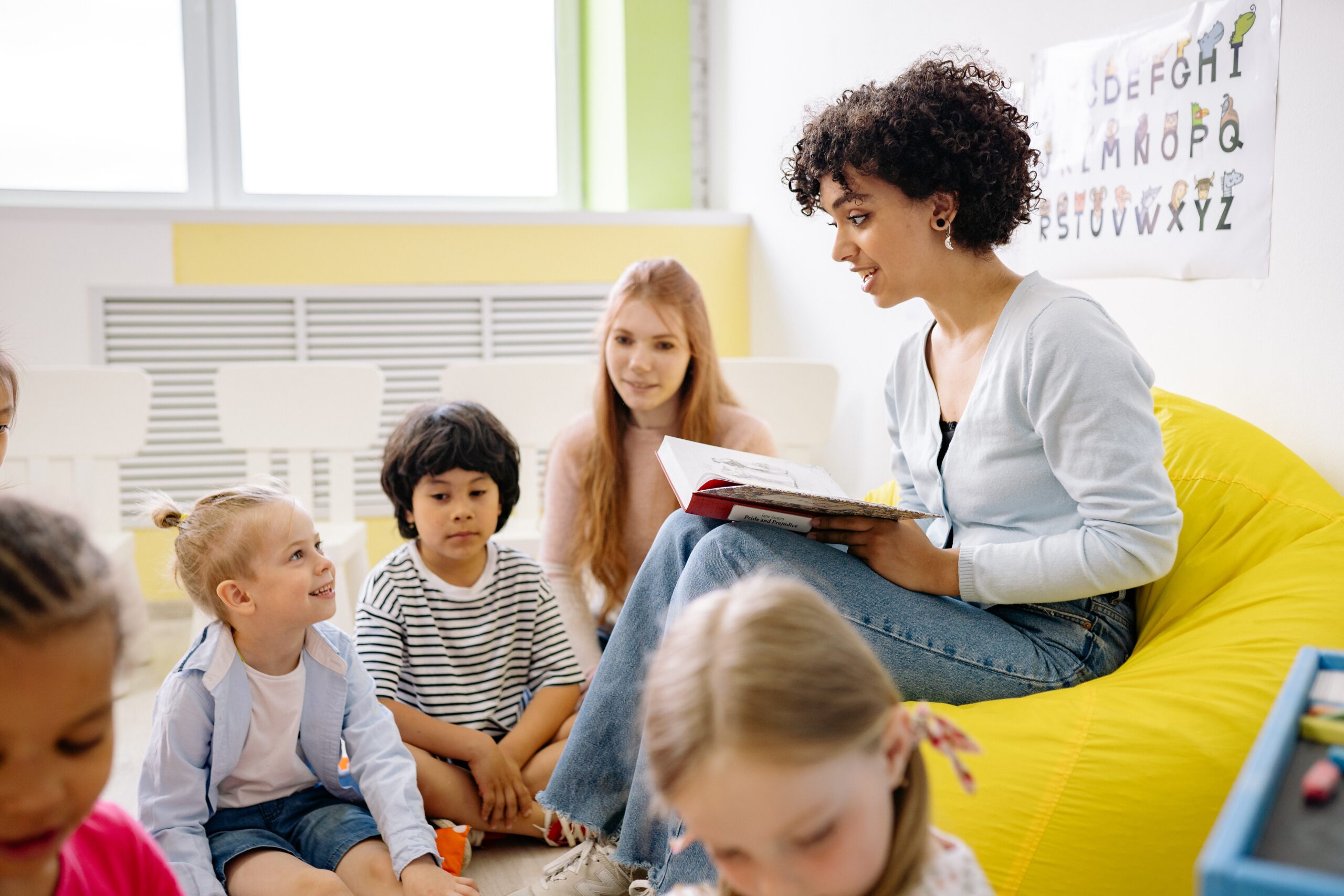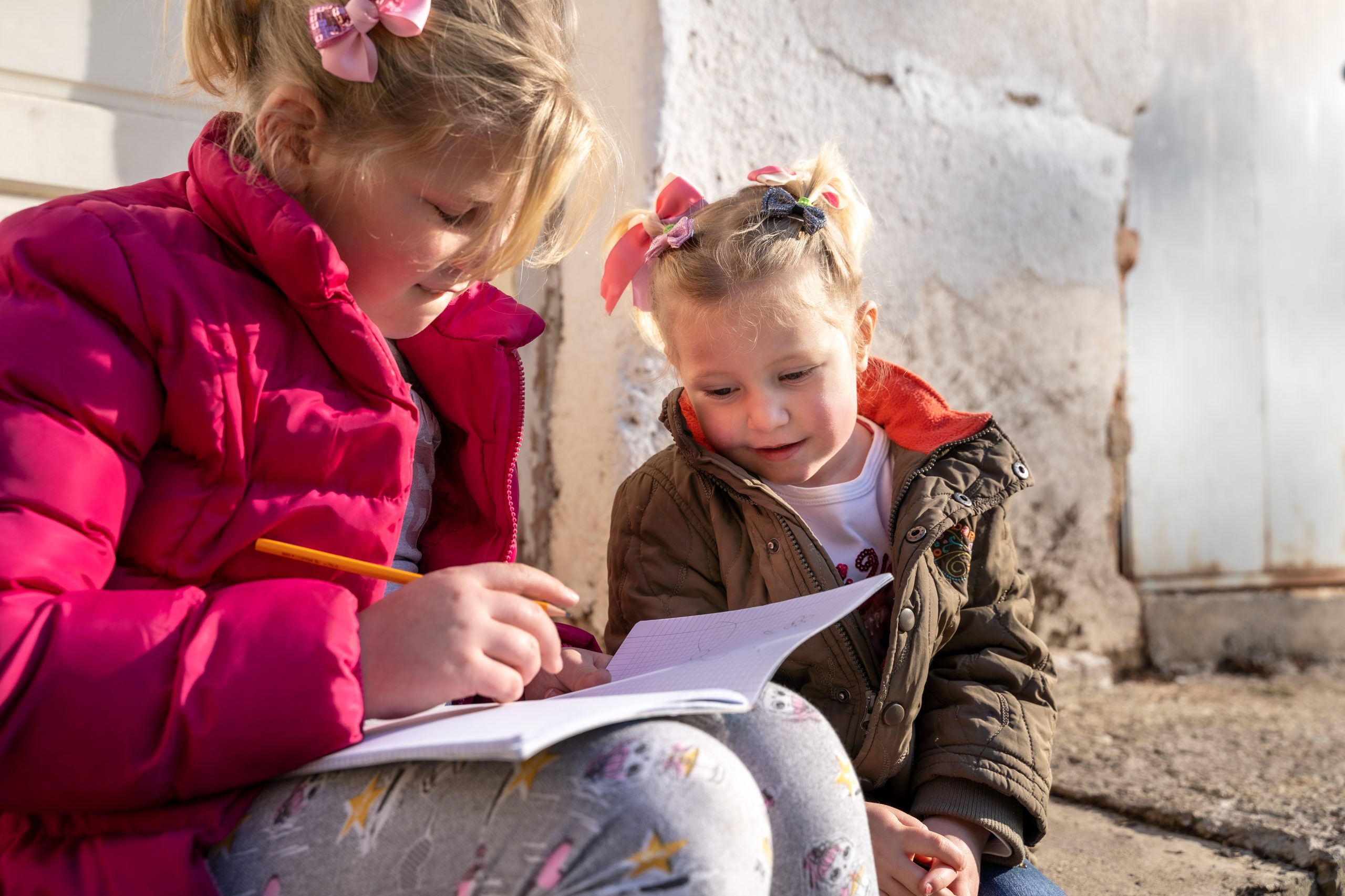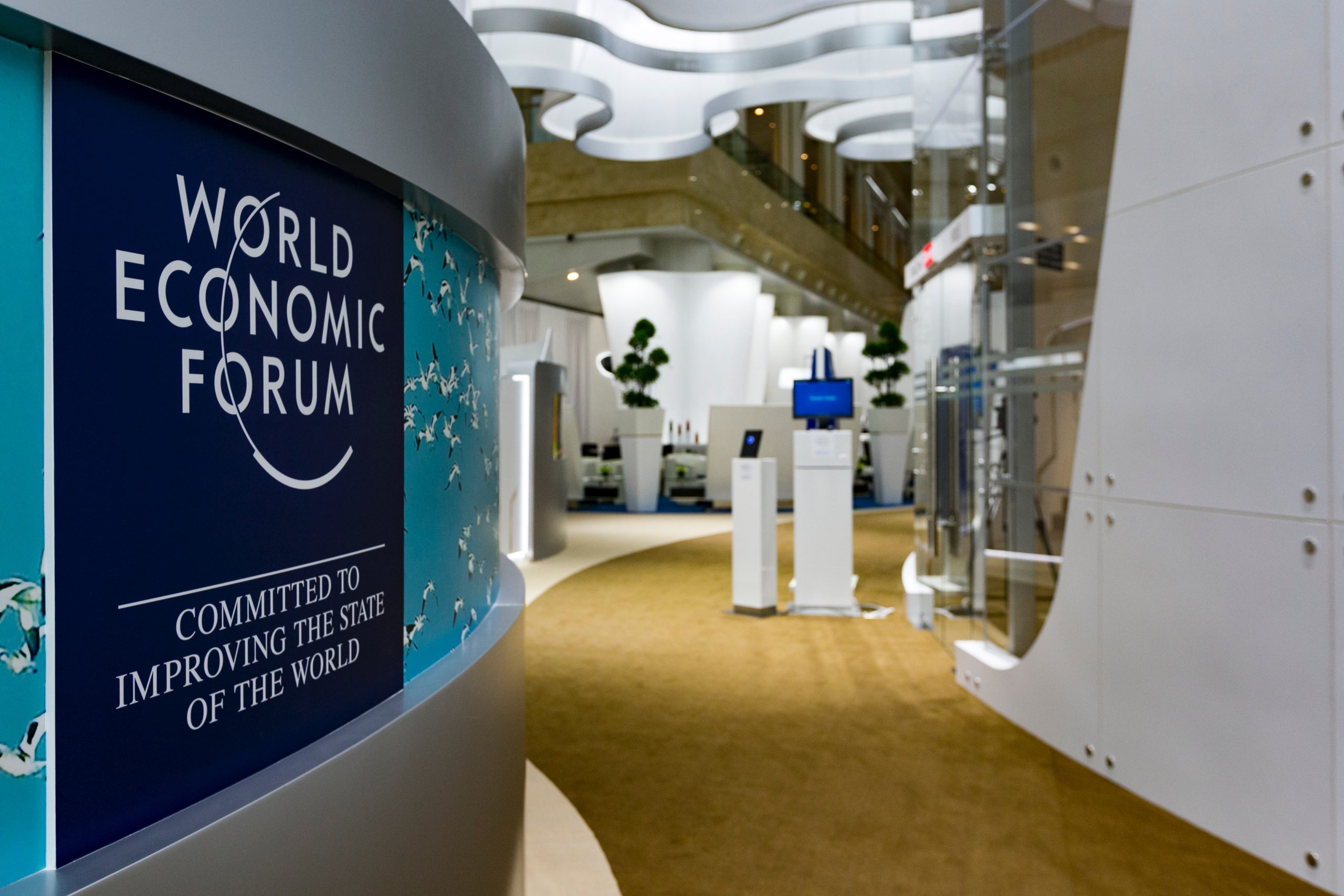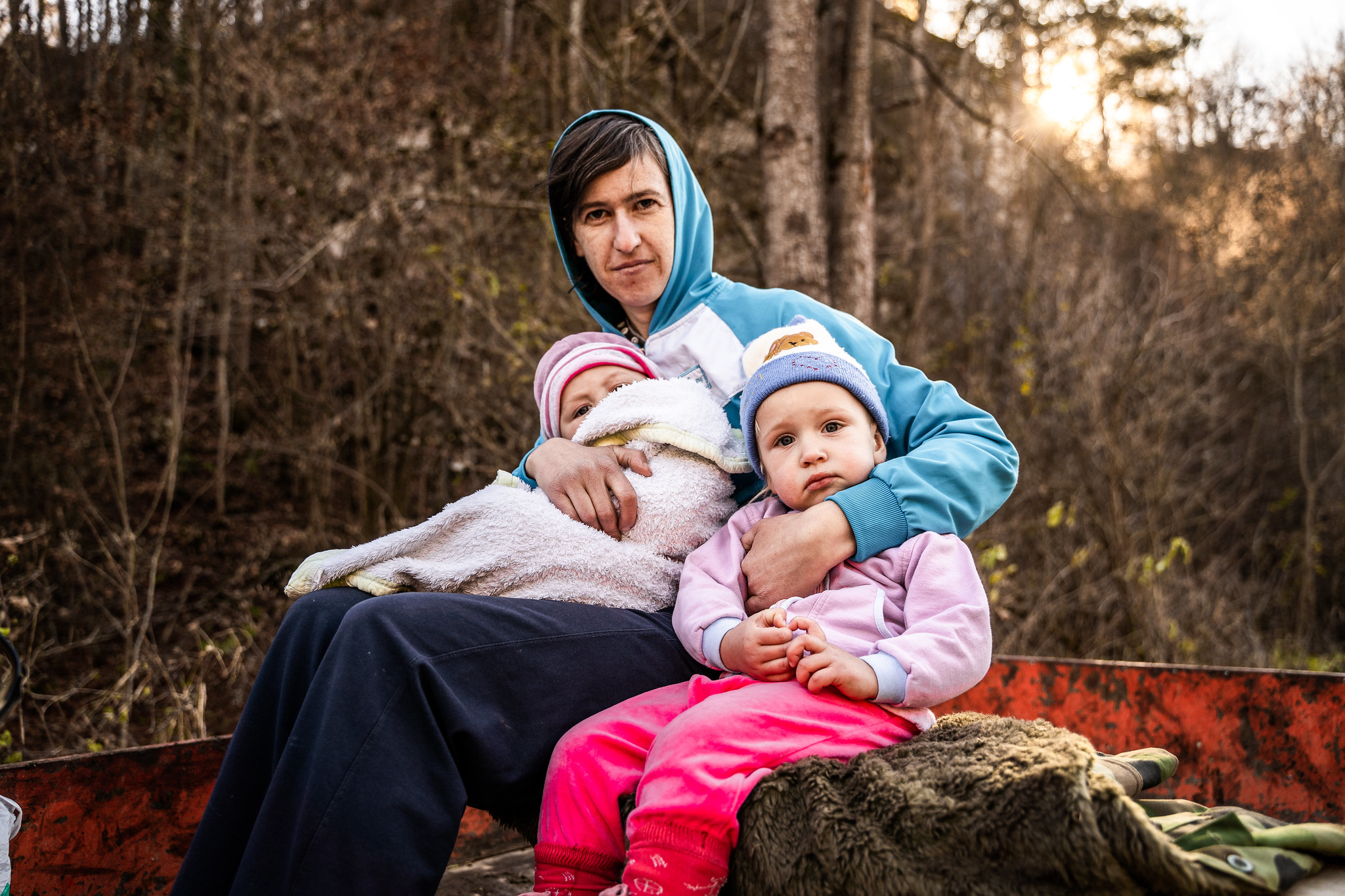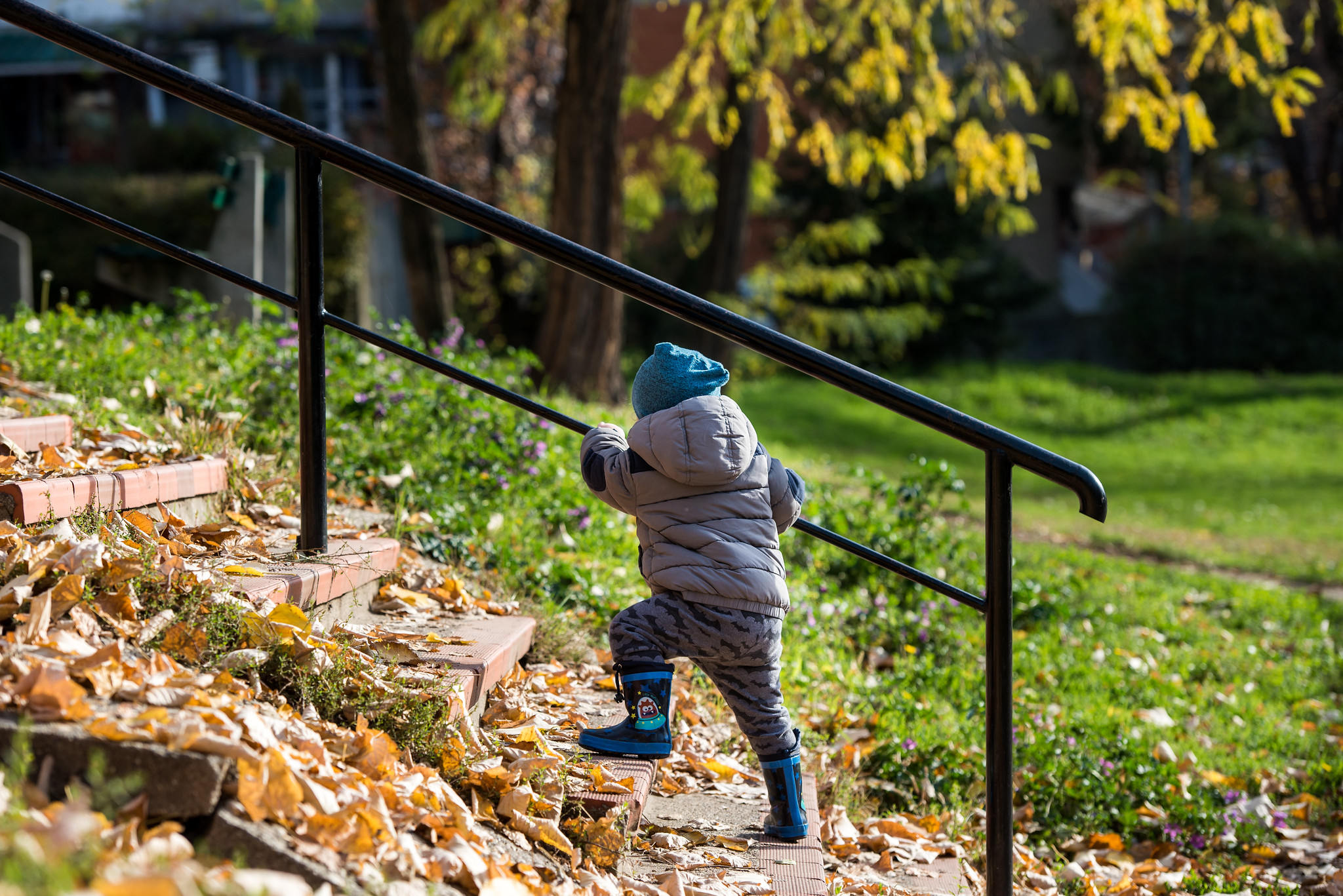22 “Steve Jobs Schools” in Netherlands have shunned textbooks and only use Ipads for children’s teaching and learning.
Imagine children aged 4 to 12 who attend schools without notebooks, books or backpacks. There are no blackboards, chalk, everything we’re used to see in a traditional education system. Each of them, however, have his or her own iPad. Extravaganza? Revolution? Future? Or just an innovation in child education?
Think again. This is reality, happening across the Netherlands, where 22 schools have shunned textbooks and only use Apple’s Ipads for children’s teaching and learning. Maurice De Hond and a group of volunteers set up the foundation O4NT or Education For a New Era, which is behind the so-called “Steve Jobs schools”. The emphasis is on iPads in an elementary school environment.
In Steve Jobs Schools, 45% of learning takes place on an iPad.
There are no notebooks or even formal lesson plans: children drop into 30-minute workshops on various subjects. There are no seating plans and 45% of learning takes place on an iPad which every child is given when they join. What workshop each pupil goes to is decided by teachers, parents and the pupils themselves as part of their six-week learning plan.
Every 6 weeks the teacher invites parents and their children for a skype conference where the learning goals of the previous weeks are evaluated and sometimes checked with mini-tests. Then, new learning goals are determined for the next 6 weeks. Based on those agreements, a personal learning program is prepared.
This plan makes sure that parents always know exactly what their child is working on at school, and it shows in detail the child’s progress in every subject.
A “Steve Jobs School” does not know classes of children in the same age group, but core groups of approximately 25 children with a maximum difference in age of 4 years, in which the older children are stimulated to help the younger ones. Just as in the secondary school, a child gets their instruction from subject professionals instead of from one permanent teacher.
Child has a permanent coach for the junior years and then another one for the senior years. This coach has a number of functions. For starters he or she is the permanent contact person and the permanent counselor.
In Steve Jobs Schools children have a flexible time table.
Parents may decide if a child starts classes at 08.30 or at 09.30 in the morning. The schools are open from 7:30 a.m. to 6:30 on every workday. The children come and go as they please, as long as they are present during the core period between 10:30 a.m. and 3:00 p.m. Pupils are welcome to keep working on their iPads at home, on weekends or on vacation.
- 09.30-10.00 Core group
The children start their day in their core group. That first half hour is intended to work on the social emotional development of children and is usually characterized by a group discussion of recent events or of things that the children have on their minds.
- 10.30-12.00 Instruction
Then the children pick up their individual instructions from a subject specialist in, among others, the Language studio, the Math studio and the World studio. At their own level and at their own speed.
- 12.30- 14.30 Workshops, projects, independent work, sports, etc.
During these hours the children may choose from a number of workshops and activities and they practice learning materials independently. They are required to finish among others 60 calculation and 60 language exercises.
- 14.30-15.00 The day is closed off in the Core group.
The school building is only closed for Christmas and New Year’s. The children’s families are able to go on vacation when they please, and no child is worried about missing class as a result, since classes in the traditional sense are nonexistent.
In Steve Jobs Schools children learn at their own pace.
The children learn by calling up a learning app on their iPad, a sort of interactive, multimedia schoolbook, and they do it whenever they want. In each exercise, children are corrected in the same fashion the players are in a computer game. They don’t have to work through entire chapters, as they did in the past. The goal is to enable them to reach the next level in the learning program at their own pace. If a math app is neither enjoyable nor successful, the teacher simply orders another one. The supply of educational programs never runs dry in Apple’s online app store.
The teacher’s role is to help them, not as conveyors of knowledge but as learning coaches.
And when they are not working on iPads, students at Steve Jobs schools lead the lives of perfectly normal children. Drawing, building things, playing and physical activity are all part of daily life at the schools.
10 promises of Steve Jobs Schools to children
Steve Jobs Schools make 10 promises to every child. They are displayed prominently in every school:
- We promise to listen to you carefully if you tell us what you want to learn, and to observe carefully how you learn best.
- We will help you ask good questions, so you can determine yourself what you want to learn.
- We will help you to become even better in what you are already good at.
- We will always challenge you to also try difficult things and to learn new things.
- We promise you that you may always choose yourself what and when you are going to do something; we will help you with that choice if you consistently ignore some things.
- We will help you relate to others without bullying or without being bullied.
- We will teach you how to cooperate well with others.
- We promise you to always utilize the latest techniques, to prepare you for tomorrow’s world.
- We promise to teach you to use your imagination to be able to make things.
- We promise you that you will be well prepared for your next school and for the rest of your life once you have finished our school.
In these schools they say that good handwriting has been downgraded to a secondary skill, which is nice for industrious pupils but not truly relevant. Today, arithmetic, reading skills and text comprehension are considered as the core subjects in the elementary school.
However, there are positive and negative aspects of the entire program. Here are some of them:
The great educational debate about iPad-Centered Steve Jobs Schools
PROS
- Creators of this program claim it is about children achieving specific learning goals with teachers acting as “talent coaches”.
- Children will choose what they wish to learn based on what they happen to be curious about.
- There are no piles of school notebooks at the end of the day.
- Children can work by themselves in a quiet room; this means that teachers can work with smaller groups during the workshops
- iPads are helping children to concentrate for longer, having a particularly positive impact on those who suffer from attention deficit disorder (ADD).
- Children can do a lot of training in maths and languages with adaptive programmes that take up almost no teacher time. They can follow their own learning path, which might be faster or slower. This frees up teachers to give more attention to the pupils who need it
CONS
- iPads are mainly used by children to consume information rather than be creative
- There’s something inherently wrong with building school around a brand. Schools are independent and shouldn’t be linked to a product
- The biggest challenge is how to follow the development of a child who is learning through an iPad
- Apps are useful in telling you what you’ve got right they are not always good at explaining things to children. Children often learn a lot from understanding their mistakes.
- There are issues around data protection, as well as setting iPads up and replacing them with the latest model
Where do you stand in educational debate about iPad-Centered Steve Jobs Schools? Are you fond of traditional learning methods for children, or you prefer the innovative ideas in learning? How do we create a generation of innovators? Let us know in the comments below.

